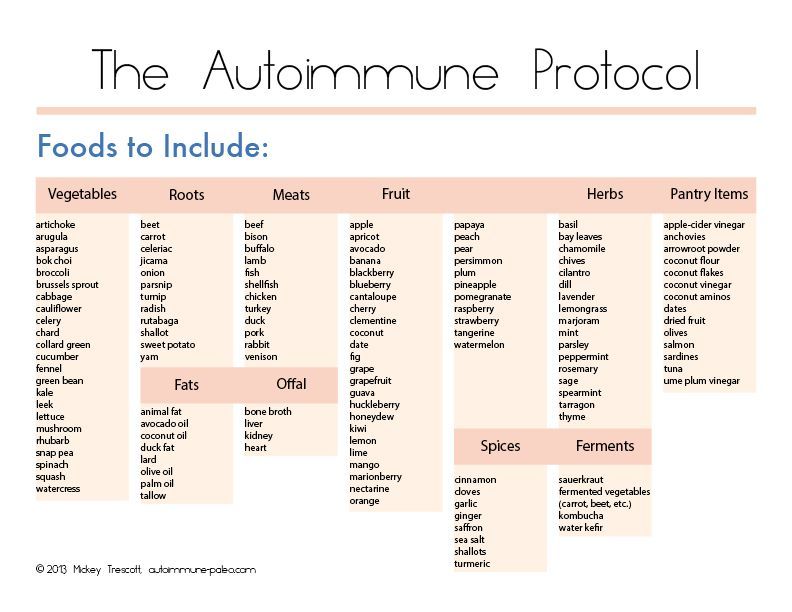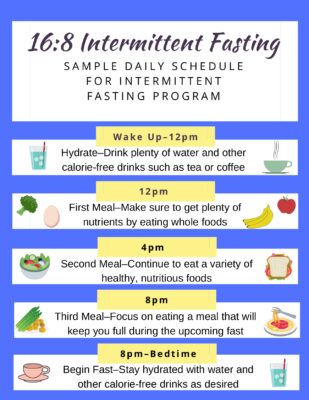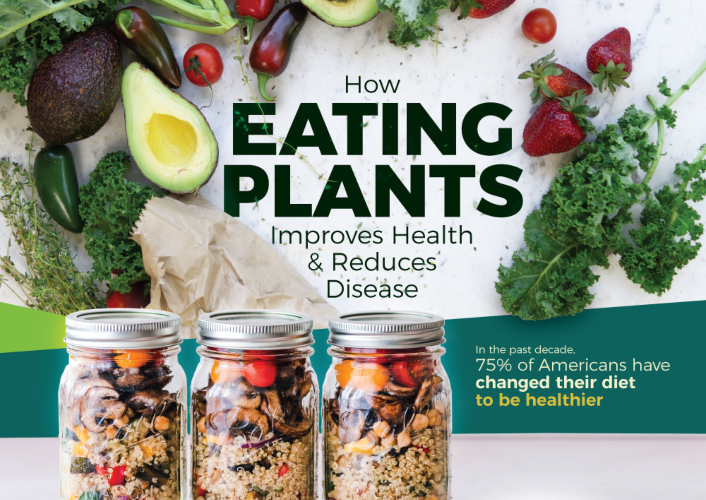The Autoimmune Protocol (AIP) Diet is a therapeutic approach aimed at reducing inflammation and improving symptoms in individuals with autoimmune diseases. It focuses on eliminating foods that can trigger immune reactions and includes nutrient-dense, anti-inflammatory foods to promote gut health and overall well-being.
The Basics of the Autoimmune Protocol (AIP) Diet
The AIP diet is an extension of the paleo diet, which excludes processed foods, grains, legumes, dairy, refined sugars, and vegetable oils. However, the AIP diet goes a step further by removing additional food groups known to be problematic for autoimmune conditions such as nuts, seeds, nightshades, eggs, and certain spices.
Foods to Include
The AIP diet encourages the consumption of nutrient-dense, anti-inflammatory foods such as:
Organic fruits and vegetables
Quality meats and seafood
Healthy fats like coconut oil, olive oil, and avocado oil
Fermented foods like sauerkraut and kimchi
Bone broth
Foods to Avoid
During the elimination phase, the AIP diet recommends avoiding several food categories:
Grains and pseudo-grains
Legumes
Dairy products
Processed foods and refined sugars
Vegetable oils
Nuts and seeds
Nightshades (tomatoes, peppers, potatoes, and eggplants)
Eggs
Spices derived from seeds (like cumin, coriander, and mustard)
Benefits of the AIP Diet
The AIP diet can provide numerous benefits for individuals with autoimmune diseases:
Reduced Inflammation
By eliminating potentially inflammatory foods, the AIP diet helps reduce inflammation in the body, which is a common trigger for autoimmune flares. This can lead to a decrease in symptoms such as joint pain, fatigue, and skin issues.
Improved Gut Health
The AIP diet emphasizes the consumption of gut-healing foods like bone broth and fermented vegetables, which can promote a healthy balance of gut bacteria and support overall gut health. This can have a positive impact on the immune system and reduce autoimmune symptoms.
Identification of Trigger Foods
The elimination phase of the AIP diet allows individuals to identify specific foods that may trigger their autoimmune symptoms. By reintroducing eliminated foods one by one, they can determine which ones cause negative reactions and adjust their diet accordingly.
Challenges and Considerations
The AIP diet can be challenging to follow, especially during the elimination phase. However, with proper planning and support, it is possible to successfully adopt this dietary approach. Here are a few considerations:
Consultation with a Healthcare Provider
Before starting the AIP diet, it is essential to consult with a healthcare provider, especially if you have pre-existing health conditions or take medications. They can guide you on how to adapt the diet according to your specific needs.
Meal Planning and Preparation
Planning and preparing meals in advance can greatly assist in successfully following the AIP diet. Having AIP-friendly snacks readily available can also help avoid temptation and ensure adherence to the diet.
Support and Community
Joining support groups or online communities of individuals following the AIP diet can provide emotional support, share experiences, and offer recipe ideas. This can make the journey easier and more enjoyable.
Conclusion
The Autoimmune Protocol (AIP) diet is a therapeutic approach that can help individuals with autoimmune diseases reduce inflammation, improve gut health, and identify trigger foods. By following an elimination and reintroduction process, individuals can tailor their diet to meet their specific needs. Although it can be challenging, with proper planning and support, the AIP diet can offer significant benefits and improve overall well-being.












